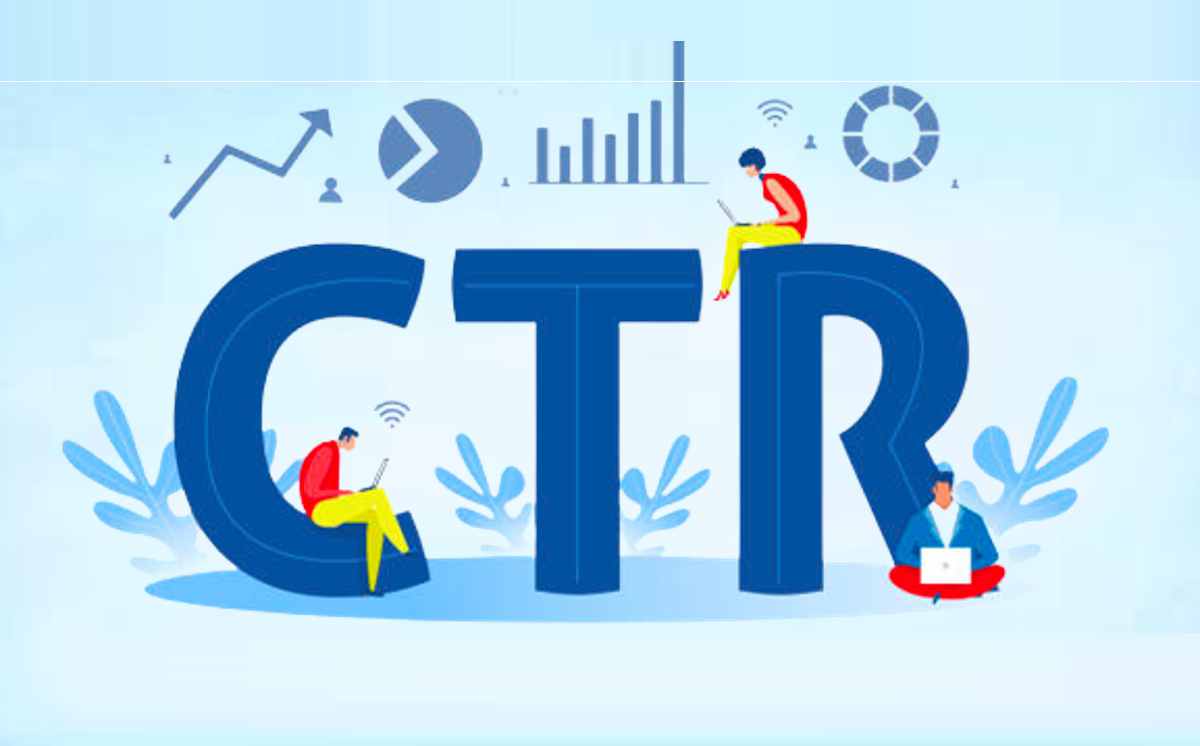Just How to Measure the Effect of CTR Control on Your Advertising And Marketing
Recognizing the subtleties of click-through rate (CTR) control in marketing is essential for businesses striving for genuine individual interaction. By analyzing key metrics such as conversion prices and bounce rates, marketing professionals can uncover possible inconsistencies that might arise from man-made improvements.
Recognizing CTR Adjustment
Understanding CTR manipulation is necessary for marketing professionals seeking to enhance their projects and ensure information stability. Click-through rate (CTR) refers to the proportion of users that click on a particular link to the complete number of individuals who view the ad or material.
The implications of CTR adjustment prolong beyond plain information distortion; they can threaten count on digital marketing. When businesses depend on inflated metrics, they may invest in ineffective campaigns, ultimately harming their return on investment. Additionally, platforms may penalize marketers taking part in such practices, causing additional implications for their marketing initiatives.
To efficiently deal with CTR manipulation, marketers need to create a thorough understanding of their information sources and analytics tools. By employing sophisticated tracking techniques and looking at web traffic resources, they can recognize irregular patterns and guarantee that their performance metrics reflect genuine individual engagement - GMB CTR Manipulation. This vigilance is vital for fostering long-lasting success in a progressively affordable electronic landscape
Trick Metrics to Analyze
Efficient analysis of vital metrics is crucial for assessing real performance of advertising and marketing campaigns and discovering possible CTR adjustment. One primary statistics to think about is the Click-Through Rate (CTR) itself, which represents the ratio of users who click an advertisement to the overall variety of customers who see it. A sudden spike in CTR may show manipulation, demanding further examination.
Furthermore, checking conversion prices is crucial. A high CTR with a reduced conversion price might signify that the clicks are not authentic or that the targeting is misaligned (LinkDaddy CTR Manipulation). In a similar way, analyzing bounce rates can offer insight right into customer interaction; a high bounce rate after a click may suggest that the traffic is not quality-driven.

Devices for Measurement

Additionally, A/B screening tools such as Optimizely or VWO can help with experimentation with numerous advertisement variations to determine which components drive higher CTR. These devices permit online marketers to assess real-time performance and make data-driven modifications. Social media analytics tools, like Hootsuite or Sprout Social, can additionally be instrumental in comprehending CTR within social systems, supplying understandings into target market habits and engagement fads.
Furthermore, warmth mapping devices, such as Hotjar, can expose exactly how customers communicate with advertisements, helping to recognize where improvements can be made. Incorporating these devices creates a durable dimension framework, enabling online marketers to recognize the impacts of visit their website CTR manipulation properly. Eventually, the ideal choice of measurement devices is essential for making informed advertising and marketing choices and enhancing project efficiency.

Reviewing Lasting Results
One should take into consideration the long-lasting results of CTR manipulation on overall advertising and marketing performance, as temporary gains can frequently mask deeper implications. Over time, synthetically blew up click-through rates may result in lessened trust from customers and internet search engine alike. When customers continuously encounter deceptive practices, they might come to be hesitant to engage with the brand name, resulting in reduced conversion rates in the future.
In addition, algorithm updates from systems such as Google are made to focus on authentic involvement over filled with air metrics. Consequently, companies that depend on CTR manipulation may discover themselves punished, resulting in a decline in natural reach and visibility. This can have a plunging impact on brand integrity and customer commitment, ultimately weakening the really goals that the initial manipulation sought to achieve.
Furthermore, the data collected from controlled CTR might misinform online marketers in their technique development. Relying on manipulated data additional resources can lead to misguided campaigns that stop working to reverberate with the target market, causing wasted resources and missed opportunities. Therefore, it is critical for marketing experts to assess the lasting implications of CTR control and focus on lasting, ethical engagement approaches for lasting success.
Honest Factors To Consider in CTR Adjustment
In the realm of electronic advertising and marketing, ethical considerations bordering CTR control are paramount. While the desire to enhance click-through prices (CTR) can lead to short-term gains, the potential long-lasting consequences on brand name stability and consumer trust can not be ignored.
Moreover, moral issues reach compliance with laws such as the Federal Profession Commission (FTC) guidelines, which mandate transparency in advertising. Stopping working to stick to these criteria can reveal services to lawful ramifications and harm their online reputation. Online marketers must take into consideration the effects of their methods on user experience and the broader market landscape.
In addition, the increase of man-made knowledge and automation in marketing provides further moral issues. Inevitably, ethical marketing methods must focus on transparency, honesty, and regard for the customer, fostering long-term relationships that transcend simple metrics like CTR.
Verdict
In conclusion, measuring the impact of CTR adjustment on advertising needs a detailed evaluation of crucial metrics, consisting of click-through rates, conversion rates, and bounce prices. Inevitably, a data-driven strategy guarantees that marketing strategies are reliable and lined up with real customer interactions.
Understanding the nuances of click-through rate (CTR) adjustment in advertising is essential for companies aiming for real customer engagement.Efficient evaluation of crucial metrics is important for examining the true performance of marketing projects and discovering prospective CTR control.One need to consider the lasting results of CTR manipulation on overall advertising and marketing performance, as short-term gains can frequently mask deeper implications.In the realm of electronic advertising and marketing, moral considerations bordering CTR control are paramount.In verdict, measuring the influence of CTR manipulation on marketing more information needs a detailed evaluation of essential metrics, consisting of click-through rates, conversion rates, and bounce rates.